
Peeling back the history of one of the world's most-consumed fruits unveils a grim past of global inequality, economic asymmetry, and neocolonialism—setting the stage for an exploration into the concept of the pejorative exonym, “banana republics.”
Banana republics are, as defined by Marcelo Bucheli, a scholar of the political economy of multinational corporations, the “quintessential representation of American imperialism in Latin America,” structured by American fruit companies that profited by “holding the local governments in [their] pockets, controlling the local economy of the host countries, and harshly exploiting the plantation workers.”
But lesser known is the extent of colonial exploitation that went on in these banana plantations. Today's Central America still hasn't healed from the wounds left behind by USA's greed.
Origin and spread of the oldest fruit
The history of bananas is a fascinating journey that traverses continents and spans centuries.
Lorem Ipsum is simply dummy text of the printing and typesetting industry. Lorem Ipsum has been the industry's standard dummy text ever since the 1500s, when an unknown printer took a galley of type and scrambled it to make a type specimen book. It has survived not only five
It is believed that Bananas originated in the Indo Malay region and spread to the tropics of the world through trade started by Portuguese explorers
Lorem Ipsum is simply dummy text of the printing and typesetting industry. Lorem Ipsum has been the industry's standard dummy text ever since the 1500s, when an unknown printer took a galley of type and scrambled it to make a type specimen
The plant was introduced to the Americas via the Canary Islands during the Columbian Exchange. Spanish and Portuguese colonial settlers and missionaries recognized the potential for fruit crops in the fertile soil and humid climates of Central and South America.
In America, however, the banana would remain virtually unknown until an introduction at the Centennial Exposition, the World's Fair in Philadelphia, 1876. Yes, the same Expo where Alexander Graham Bell exhibited his Telephone. Very soon, bananas became all the craze throughout America.
Source: National Museum of Industrial History
USA's introduction to the fruit at the Centennial World Fair
From Telephones to Bananas:

American banana industry leaders recognized the necessity to increase banana production and shipping in order to meet the growing demand in the United States. However, rather than solely relying on imports, they identified an opportunity to enhance profitability by taking charge of the entire supply chain.
Minor C. Keith
Lorenzo Dow Baker
Lorem Ipsum is simply dummy text of the printing and typesetting industry. Lorem Ipsum has been the industry's standard dummy text ever since the 1500s, when an unknown printer took a galley of type and scrambled it to make a type specimen book. It has survived not only five centuries, but also the leap into electronic typesetting, remaining essentially unchanged. It was popularised in the 1960s with the release of Letraset sheets containing Lorem Ipsum passages, and more recently with desktop publishing software like Aldus PageMaker including versions of Lorem Ipsum.Lorem Ipsum is simply dummy text of the printing and typesetting industry. Lorem Ipsum has been the industry's standard dummy
Lorem Ipsum is simply dummy text of the printing and typesetting industry. Lorem I
Lorem Ipsum is simply dummy text of the printing and typesetting industry. Lorem I

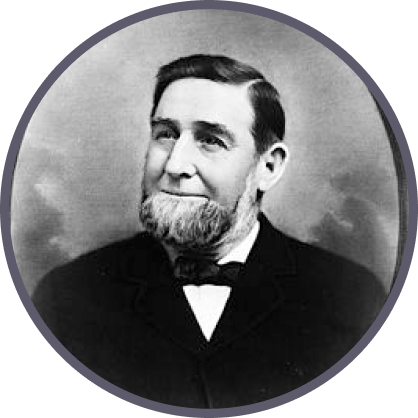
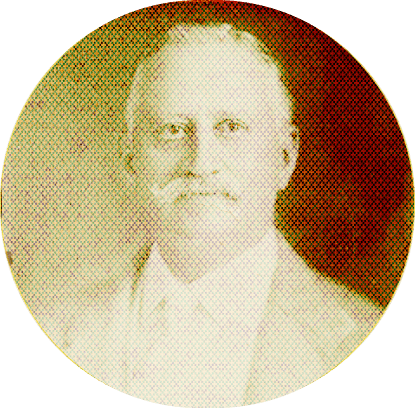
Minor C. Keith owned banana plantations in Colombia and the Caribbean, controlled a railway network in Central America, and dominated the banana market in the southeastern United States.
Baker owned a steamship fleet, possessed lands in the Caribbean, and controlled the banana market in the US Northeast.
Lorenzo D. Baker
Minor C. Keith
Andrew Preston
Andrew Preston was a Boston importer who controlled the distribution of bananas in Northern America
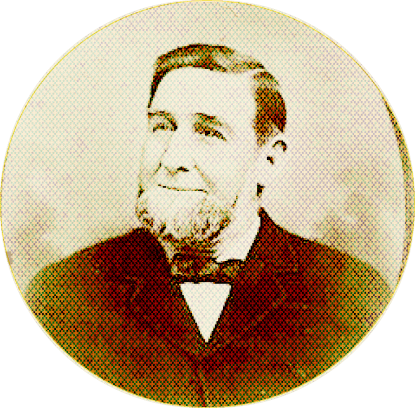
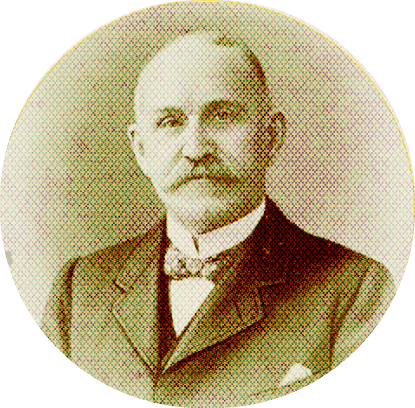

How to control the supply chain?
The entrepreneurial ventures of three businessmen with specialized roles in the banana industry united to establish the United Fruit Company. This strategic merger granted them full control over every facet of the banana supply chain.
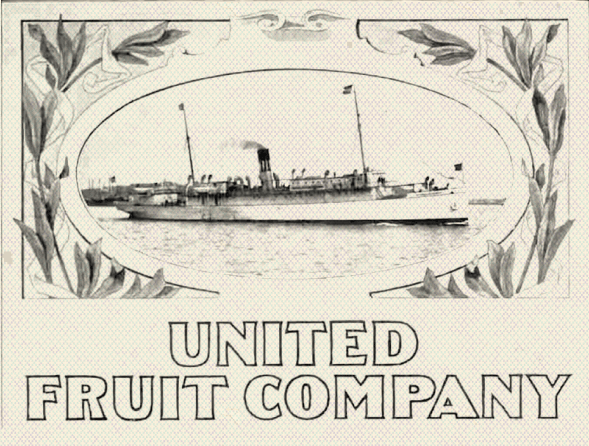
Plantations & Steamships
In 1899, Baker’s business interests merged with those of Minor C. Keith and Andrew W. Preston, creating a trading company that controlled the entire banana supply chain.
Distribution
Transportation
Formation of the United Fruit Company
Keith already owned banana plantations in Colombia and the Caribbean, controlled a railway network in Central America, and dominated the banana market in the southeastern United States
United Fruit Company (UFCO), an alliance that solidified a production and distribution network that included plantations, hospitals, roads, railways, telegraph lines, housing facilities, and ports in the producing countries, a steamship fleet (the Great White Fleet, which eventually became the largest privately owned fleet in the world), and a distribution network in the United States.

Source: United Fruit Company Photographs, Harvard Library
The United Fruit Company held nearly half of the cultivatable land in Central America and implemented large-scale banana plantations in the region.
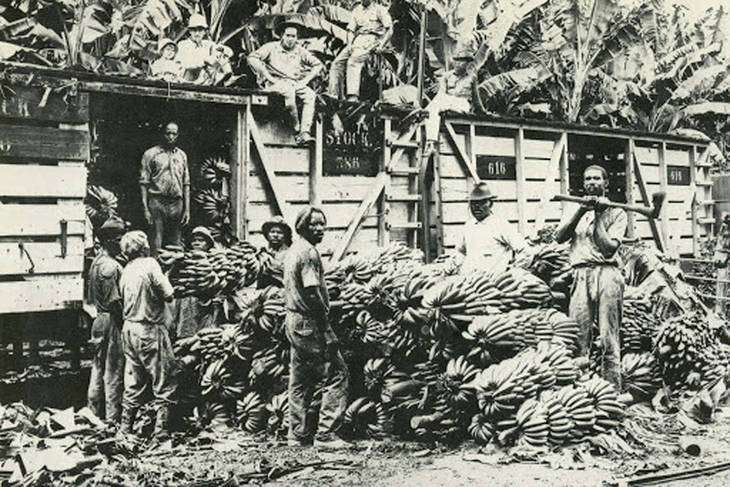
Source: United Fruit Company Photographs, Harvard Library
The Company held majority ownership of the railroads in Central America. In order to develop these railways, significant tracts of land were acquired through a process of relocation affecting the indigenous population.
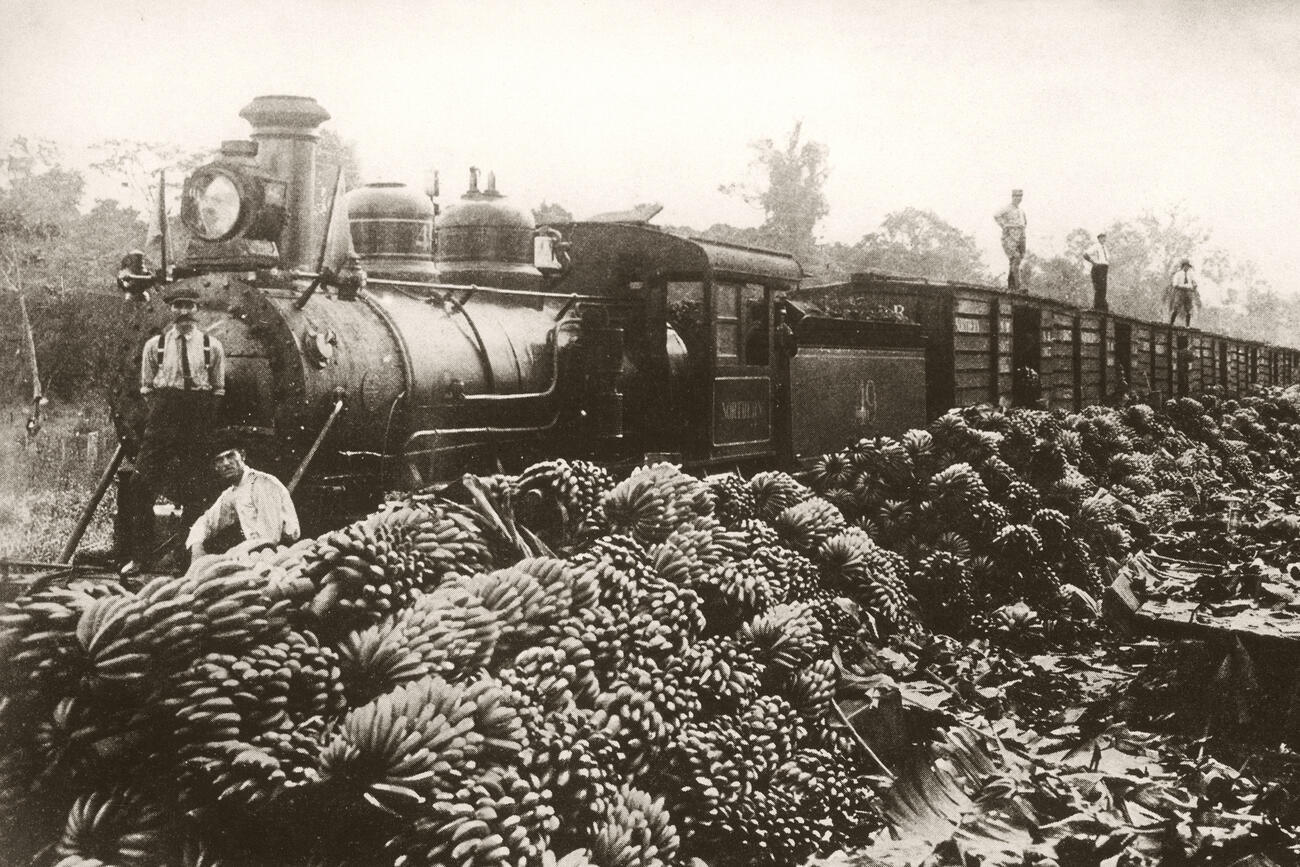
Source: United Fruit Company Photographs, Harvard Library
They built radio stations for communication across ports, plantations and railroads.
These radio stations were later used by the USA to broadcast anti democratic government propaganda
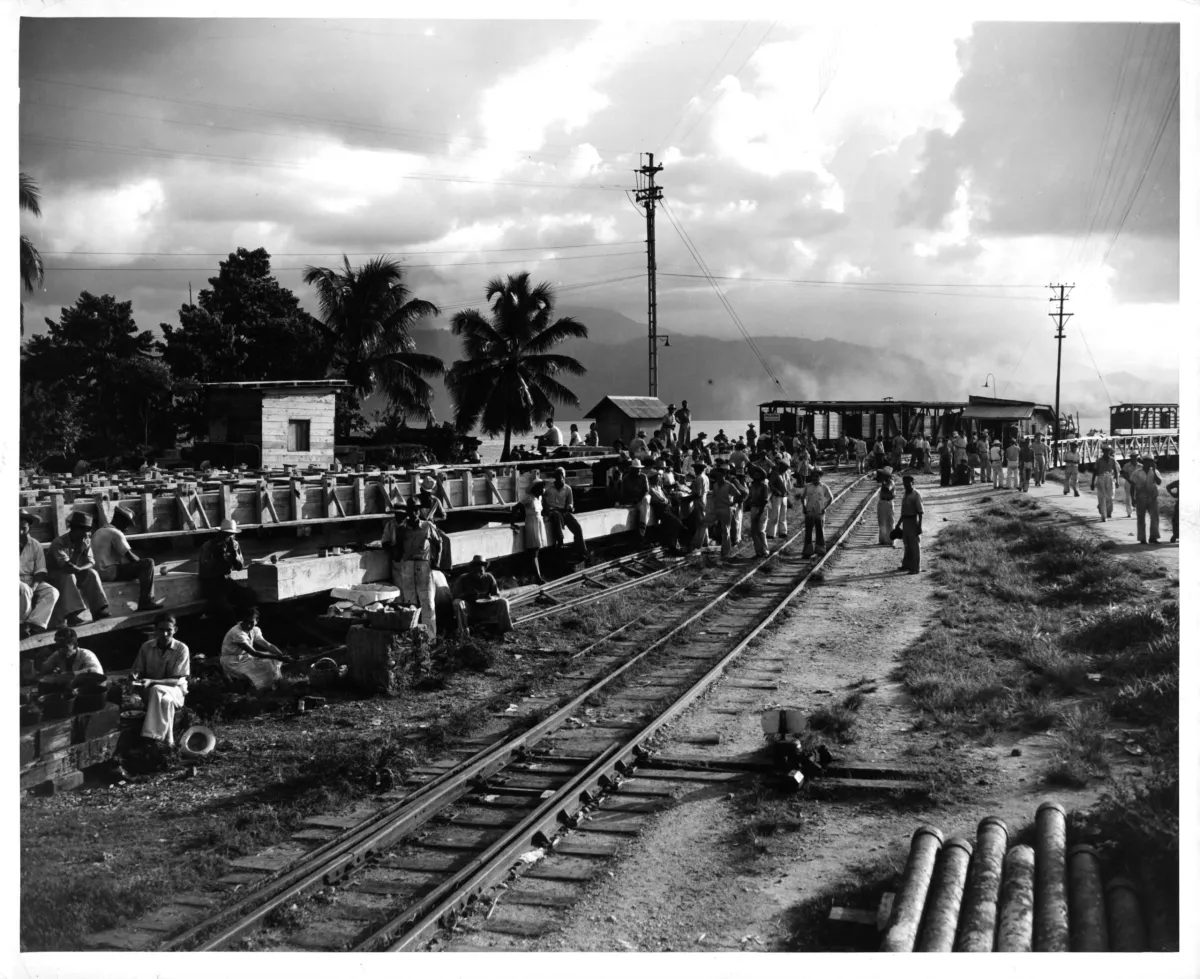
Source: United Fruit Company Photographs, Harvard Library
United Fruit Corporation owned both the Ports and ships specifically designed for the transportation of bananas. Additionally, the company possessed its own private naval fleet consisting of 93 vessels.
These ships were known as the Great White Fleet, as they were painted white in order to effectively reflect sunlight.
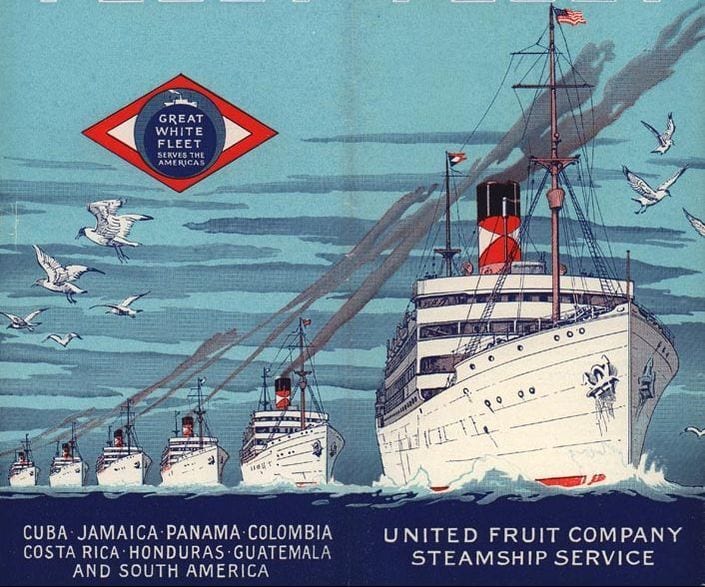
Source: cruiseshipmodelsyardscherbak.weebly.com
Lorem Ipsum is simply dummy text of the printing and typesetting industry. Lorem Ipsum has been the industry's standard dummy text ever since the 1500s, Lorem Ipsum is simply dummy text of the printing and typesetting industry. Lorem Ipsum has been the industry's standard dummy text ever since the 1500s,
As a result of the company's significant influence across various industries and its involvement in the political and economic dynamics of the Central American countries, it earned the nickname "El Pulpo" meaning "the octopus" in Spanish. This name symbolizes its extensive reach and presence, gradually encompassing every facet of Central America.

Source: Bananaland documentary
Dataviz showing the magnitude of bananas being exported from Central America to USA
Horizontal illustrated scrolly of the supply chain and every aspect of Control and exploitation + banana boat song
Exploitation of Indigenous Folks
Colombian Worker Strike
"Spare no Ammo"
United States' mandated violence in Central America
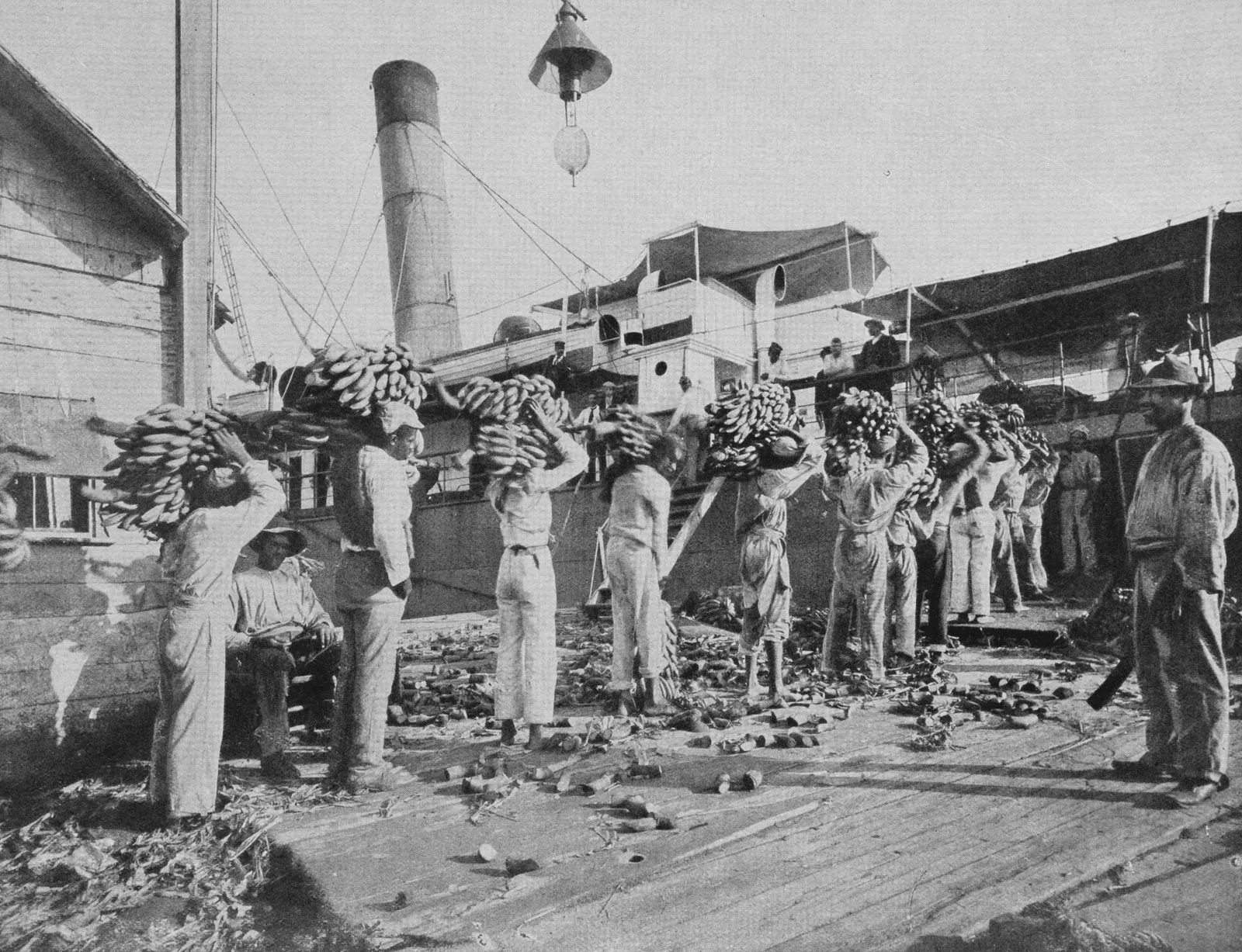

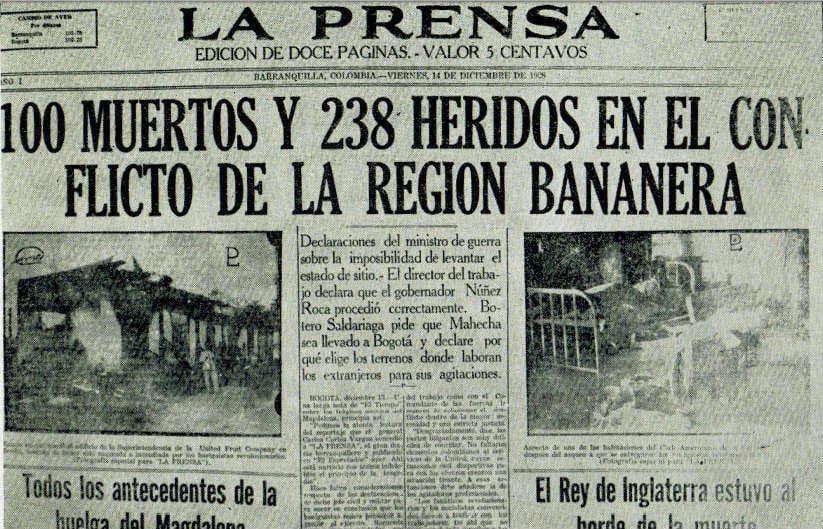
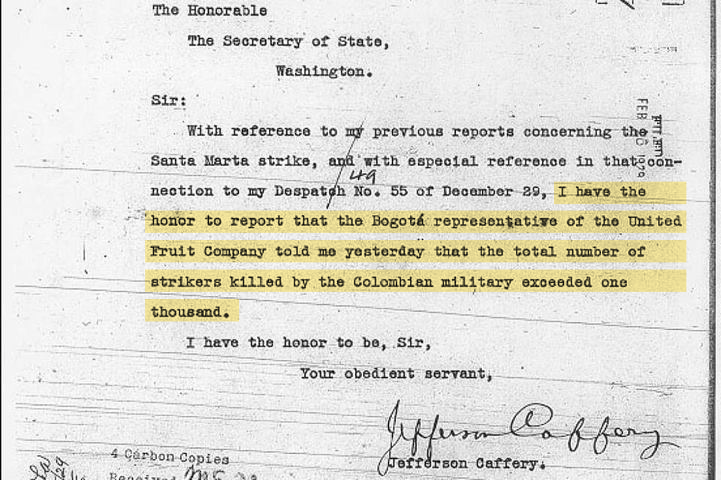
United Fruit dominated the competition in price wars by strategically maintaining low banana prices. They achieved this by implementing efficient cost-cutting measures throughout the supply chain. On occasion, they even strategically purchased and allowed bananas to spoil, preventing other companies from selling them and subsequently driving up prices due to scarcity. Needless to say, the company exploited the indigenous people to an extent that it lead to an uprising in most Central American countries.
Perhaps worst of all, United Fruit paid its tens of thousands of Central and South American workers in company scrip—not U.S.dollars, or the currency of the home nation. In this way, the workers could only use their pay in company stores. The local economy was not at all boosted by the presence of an astonishing amount of international business—a fact which must have preyed upon the minds of those workers each and every day.
The workers of the banana plantations in Colombia went on strike on November 12, 1928. The workers made nine demands from the United Fruit Company:
The strike turned into the largest labor movement ever witnessed in the country until then. Radical members of the Liberal Party, as well as members of the Socialist and Communist Parties, participated.
The workers wanted to be recognized as employees, and demanded the implementation of the Colombian legal framework of the 1920s.
In the interest of the American government, the military was ordered to "not to spare ammunition" and kill as many protesters as needed.
This lead to a death toll of over 2000 workers that evening. This event in history is now dubbed as the Banana Massacre
In short, I was a racketeer, a gangster for capitalism. I helped make Mexico and especially Tampico safe for American oil interests in 1914. I helped make Haiti and Cuba a decent place for the National City Bank boys to collect revenues in.
I helped in the raping of half a dozen Central American republics for the benefit of Wall Street. I helped purify Nicaragua for the International Banking House of Brown Brothers in 1902-1912. I brought light to the Dominican Republic for the American sugar interests in 1916. I helped make Honduras right for the American fruit companies in 1903.
"
"
- Stop their practice of hiring through sub-contractors
- Mandatory collective insurance
- Compensation for work accidents
- Hygienic dormitories and 6-day work weeks
- Increase in daily pay for workers who earned less than 100 pesos per month
- Weekly wage
- Abolition of office stores
- Abolition of payment through coupons rather than money
- Improvement of hospital services
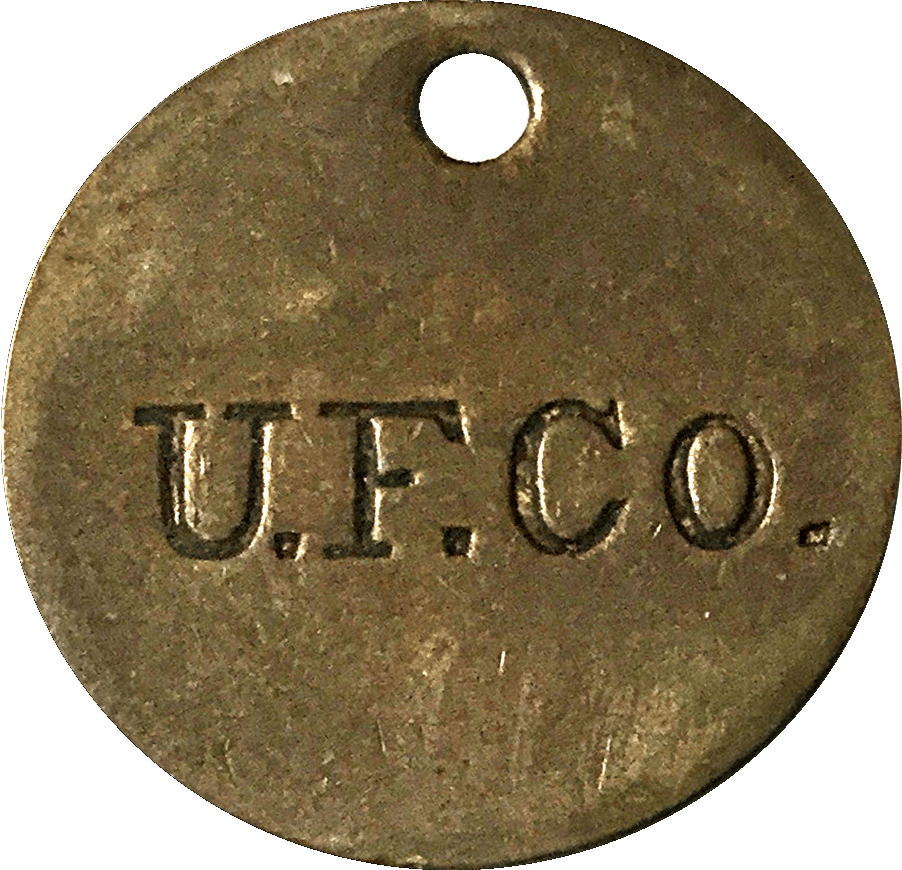

Dataviz and Map of all the US invations with timeline
Dataviz of all the fatalities in Central America under USA's control
Pablo Naruda's poem : " United Fruit Co"
The Fruit Company, Inc.
reserved for itself the most succulent,
the central coast of my own land,
the delicate waist of America.
It rechristened its territories
as the ’Banana Republics’
it established the comic opera:
abolished the independencies,
presented crowns of Caesar,
unsheathed envy, attracted
the dictatorship of the flies,
of modest blood and marmalade,
drunken flies who zoom
over the ordinary graves,
circus flies, wise flies
well trained in tyranny.
Among the blood-thirsty flies
the Fruit Company lands its ships,
taking off the coffee and the fruit;
the treasure of our submerged
territories flow as though
on plates into the ships.